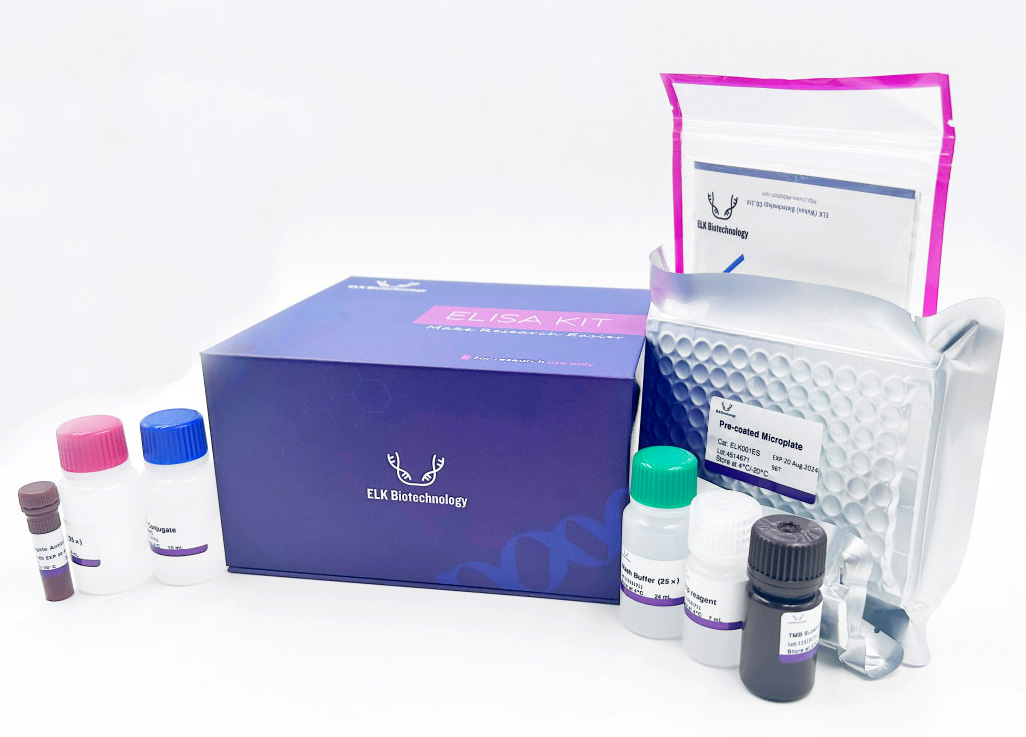


The ELISA (Enzyme-Linked Immunosorbent Assay) is a technique used to detect antibodies, peptides, proteins, or infectious agents in a sample. The technique is good at high-throughput screening as the results are rapid, consistent and relatively easy to analyze. ELISA kits in ready to use format are commercially available for hundreds of common investigated proteins, antigens and other biological molecules. Some suggestive tips for ELISA selection are as follow:
1. Selection of ELISA type
ELISA is categorized as direct, indirect, sandwich or competitive. Sandwich format delivers best results, while using purified, pre-matched captured and detection antibodies.
2. Purpose of the test
ELISA tests could be qualitative or/and quantitative. Qualitative ELISA kits gives positive or negative results, where as quantitative ELISA kit measure concentration of the analyte.
3. The analyte of investigation
Before purchase researcher must have initial information about the analyte of analysis like its presence in samples, its stability, purification needs and its significance of study. Most commercial ELISA kits are validated on serum and plasma. It is necessary to read the product data sheet to ensure that the kit is compatible with the sample. We suggest using trail kit to confirm compatibility and performance of the kit.
4. The species studied
Validated commercial ELISA kits are available for wide range of antigens, proteins & peptide are available for regular study model such as human, mouse & rat. The non-regular species like Chicken, Guinea Pig, Horse etc have limited commercial ELISA kits for limited parameters. The researcher has to locate commercial available kits or has to develop in house ELISA kits to perform assay. The researcher may choose a validated kit on some species having homology with the species of the sample in use.
5. ELISA Sensitivity
If concentration of analyte in the sample is roughly known better choice of commercial available ELISA kit could be made for sensitivity. For samples having very low concentration of analyte, high sensitive kits are suggested. Where as if concentration of analyte is too high and beyond kit standard range, dilution of samples is suggested.
6. Reproducibility
The reproducibility of assay depends on consistency and standardization of the assay. Buffers, temperature, and humidity are also important to keep constant to produce standardized output
7. The sample size and quality
A typical ELISA test may require 10 to 100 ul of sample. Common sample used for lab research include serum, plasma, cell lysates, tissue homogenates, cell culture supernatant or other biological fluids. As per availability of the sample, very small samples or precious samples requires ELISA kits working on less amount of sample.
8. Antibodies
ELISA type be selected based on antibodies type. Monoclonal antibodies can be used in all types of ELISAs for all steps containing antibody. Polyclonal antibodies are good for detection of antigens as they yield high detection signals.
9. Micro plate
Kit having micro titer plate with consistency, minimum edge effects and best optical transparency are recommended. Micro titer plates with Flat-bottomed and 48/96-well plates are the commonly preferred for ELISA assays. All ELISA involves the immobilization of the analyte to a surface as well as the use of an enzyme label and a matching substrate. Choosing an appropriate enzyme and a matching substrate is important. Moreover, enzyme-substrate reaction conditions, the microplate, and the detection device should be properly chosen.
10. The experimental protocol
The best ELISA protocols are simple, short and convenient to follow.
11. Common errors
Watch for errors as errors due to edge and hook effects, likely to occur in ELISA.
12. Detection system
ELISA kits are based on different detection systems which use principals like colorimetry, fluorometry and Luminescence. You may choose as per the availability of the instrument to measure the readings.
13. Delivery
The supplier should take full responsibility to deliver the kits at appropriate temperature. The recommended temperature of shipping and storage maintains kit performance.
14. Reference
Performance of ELISA kits could be better understood by looking for the available publication references.

Feel free to ask Query